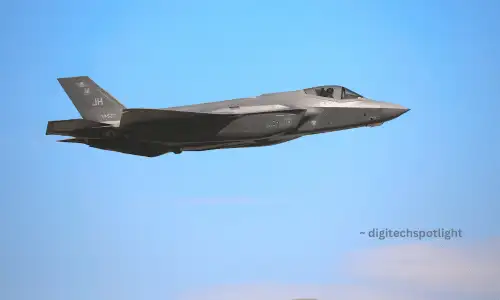
The Indian Air Force (IAF) has expressed dissatisfaction with the current pace of the Tejas Light Combat Aircraft (LCA Mk-1A) program due to potential risks posed by delays in the induction of new fighter planes. This delay could significantly impact the air force’s combat effectiveness. The IAF has communicated its concerns to Hindustan Aeronautics Limited (HAL), emphasizing the need for timely execution of the ₹48,000-crore contract for 83 jets, according to senior IAF officers.
Critical Delays and Consequences
A senior IAF officer, speaking anonymously, stated, “We have told HAL that delay is unacceptable as it will affect our fighting capabilities. IAF is still waiting for the first Mk-1A aircraft that was to be delivered by March 31, 2024.” HAL is now targeting the first delivery in August, after completing necessary certification requirements. The company aims to deliver 16 of these fighters to the IAF in the financial year 2024-25 and plans to complete the delivery of all 83 aircraft by 2028-29.
Despite these assurances, many in the air force are skeptical about meeting the LCA Mk-1A deadlines, primarily due to delays in the supply of F404 engines from US firm GE Aerospace, which is delayed by around 10 months. The LCA Mk-1A made its maiden sortie from an HAL facility in Bengaluru on March 28.
“There are some observations relating to the LCA Mk-1A’s maiden flight and then there is the engine issue. HAL doesn’t have enough engines to deliver the 16 aircraft this year,” added the IAF officer.
Operational Impact and Future Plans
The single-engine Mk-1A is intended to replace the IAF’s Mikoyan-Gurevich MiG-21 fighter. The delay in receiving the new aircraft means the IAF should have started phasing out the last of its MiG-21s and raising the first LCA Mk-1A squadron by now. The conversion to new aircraft for pilots, and the training of technicians and maintenance crews, will take time. Without timely delivery of new aircraft, the capability drawdown will be significant. “IAF doesn’t have a Plan B for the MiG-21 replacement,” stated another IAF officer.
Despite backing the LCA program firmly, delays in the project cannot be overlooked, emphasized a third IAF officer. The LCA Mk-1A is an advanced variant of the LCA Mk-1, which has already been inducted by the IAF.
“You must cut us some slack as the Mk-1A is more or less a new aircraft,” a HAL official explained, highlighting the comprehensive certification process required for new systems. HAL has ramped up its production capacity to meet the IAF’s needs and established a new production line in Nashik to supplement the production of 16 LCA Mk-1As annually in Bengaluru.
Addressing the Engine Supply Issue
HAL officials acknowledged the engine delay issue but reassured that they are working to resolve it. They plan to keep building the planes and use Category B engines (reserve ones) if necessary, fitting the GE engines when available. HAL is confident of sticking to the overall delivery schedule by 2028-29.
Future Acquisitions and Strategic Importance
In April, the defence ministry issued a tender to HAL for the proposed acquisition of 97 more LCA Mk-1As to strengthen the air force’s capabilities amidst a shortage of fighter squadrons. These new fighter planes are expected to cost around ₹67,000 crore. The LCA is set to become a cornerstone of the IAF’s combat power, with an expected fleet of around 350 LCAs (a mix of Mk-1s, Mk-1As, and the future Mk-2).
The IAF recently relocated its last MiG-21 fighters to the Nal desert fighter base near Bikaner as it prepares to retire these iconic planes and raise its new LCA Mk-1A fleet. The LCA project was sanctioned in 1983 as a replacement for MiG-21s. The IAF raised its first LCA Mk-1 squadron in Sulur with two aircraft in July 2016. The existing Mk-1 and new Mk-1A variants will replace MiG-21 fighters, while the Mk-2 aircraft is planned as a replacement for MiG-29s, Mirage-2000s, and Jaguar fighters retiring in the coming decade.